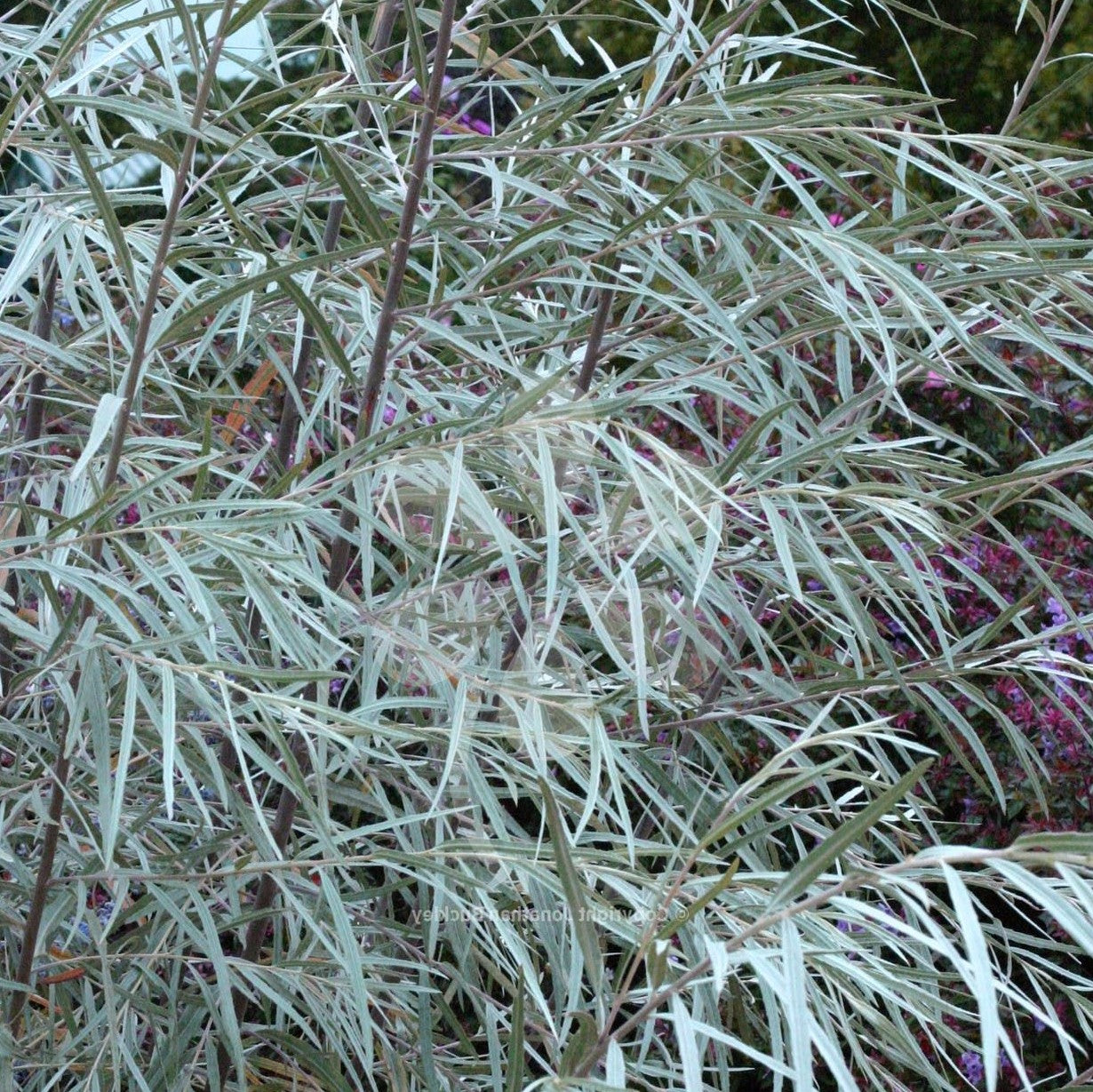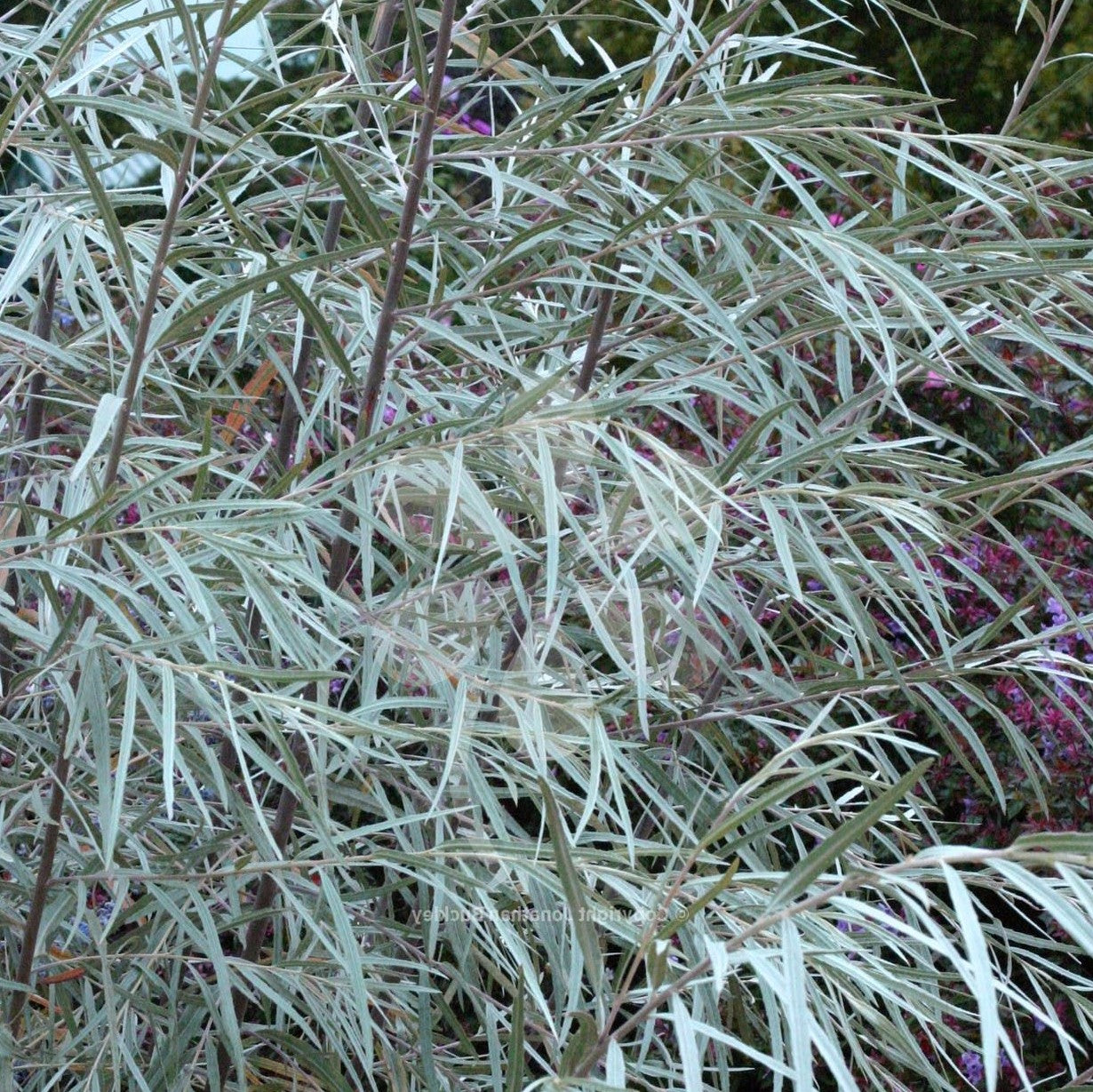1
/
of
1
SALIX EXIGUA / SANDBAR WILLOW
- Regular price
-
$24.99 CAD - Regular price
-
- Sale price
-
$24.99 CAD
Shipping calculated at checkout.
Couldn't load pickup availability
Delivery Fees
Delivery Policy
Enjoy FREE delivery on all orders over $149!
For orders between $80 and $149, a $18.99 delivery fee will apply.
Orders under $80 will be prompted to add more items to your cart.
- Habitat and Distribution: Sandbar willow is often found in riparian areas, along riverbanks, and in other locations with well-drained soils. It is native to North America and is distributed across various regions, including parts of the United States and Canada.
- Size and Growth Form: It typically grows as a shrub but can sometimes reach small tree proportions. The size can vary, but it generally reaches a height of 6 to 20 feet (1.8 to 6 meters). Sandbar willow has slender, flexible branches that often form dense thickets.
- Leaves: The leaves of sandbar willow are narrow and lance-shaped, with finely toothed margins. They are typically green on the upper surface and lighter beneath.
- Catkins: Like many willow species, sandbar willow produces catkins. The catkins are typically yellowish and appear in spring before the leaves emerge. Willow species are often dioecious, meaning there are separate male and female plants.
- Adaptability to Disturbed Sites: Sandbar willow is known for its adaptability to disturbed sites, including areas affected by flooding or erosion. Its ability to quickly establish and stabilize soil makes it valuable in restoration and erosion control projects.
- Wildlife Habitat: The dense thickets formed by sandbar willow provide habitat for various wildlife species. The catkins and leaves are a food source for insects, and the plant contributes to the overall biodiversity of riparian ecosystems.
- SPREAD 5-6 M
- HEIGHT 3-4 M
- PLANT ZONE 2
- NATIVE TO ONTARIO
Care Instructions
Different plants have different watering needs. Check the soil moisture by inserting your finger about an inch into the soil. If it feels dry, water the plant until the water drains from the bottom of the pot. Avoid overwatering, as it can lead to root rot.


SALIX EXIGUA / SANDBAR WILLOW
- Regular price
-
$24.99 CAD - Regular price
-
- Sale price
-
$24.99 CAD
SALE
All Echinacea & Monarda, Buy 4 get 1 Free! No code required


